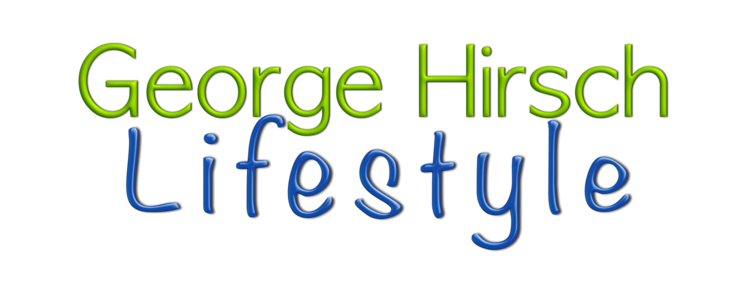A mere bag of shells - Ralph Kramden from "The Honeymooners"
As Europeans settled in the Americas, they quickly became aware of the importance of wampum to the Native Americans. While the Natives did not use it as form of currency or money, the people within the New England colonies began to use shells as a medium of exchange. Soon, they were trading with the natives of New England and New York using wampum. At that time, the rate in New York was eight white or four black wampum equaling one stuiver coin, until 1673. The basis for their value was an exchange for pelts from the Native Americans. As Native Americans became reluctant to exchange pelts for the shells, the shells lost their value.
As for today's chowder lovers, getting your hands on a really good clam chowder recipe, priceless.
I created this recipe and it's been featured on my TV show as one of the best chowders from our local Native American's of the Shinnecock Nation. It's a pure-n-simple recipe, not fussy; without the typically added tomatoes, cream, celery, and corn. Unlike most chowders, which call for chopping the clams, this version uses them whole. Enjoy!
Shinnecock Clam Chowder
Makes 6-8 servings | From Grilling with Chef George Hirsch Cookbook
1/4 pound salt pork, chopped fine
2 large sweet onions, diced small
4 medium all purpose potatoes, peeled and diced
4 cups fish broth
2 dozen chowder clams or quahogs, well scrubbed
2 Tablespoons chopped fresh Italian parsley
Salt and pepper, to taste
Cook the salt pork in a 1 gallon soup pot until it gives up all it's fat. Add the onion and cook until it begins to turn light brown. Add the potato and stock and cook for 10-15 minutes, or until the potatoes are tender. Add the clams and cook for 3-4 minutes or until the shells open. Stir in the parsley and stir in the salt and pepper.



